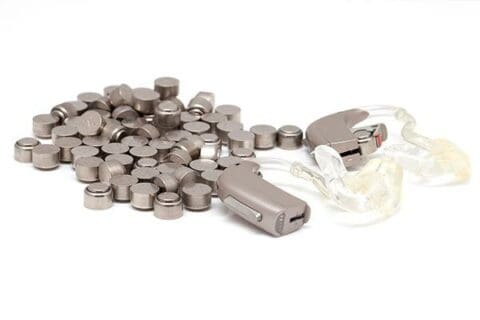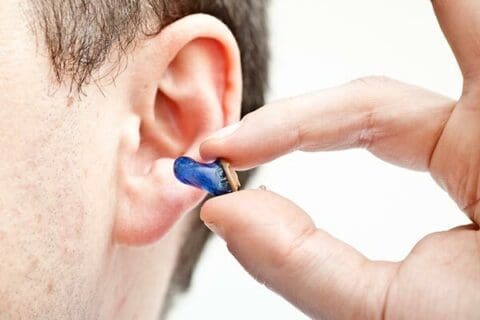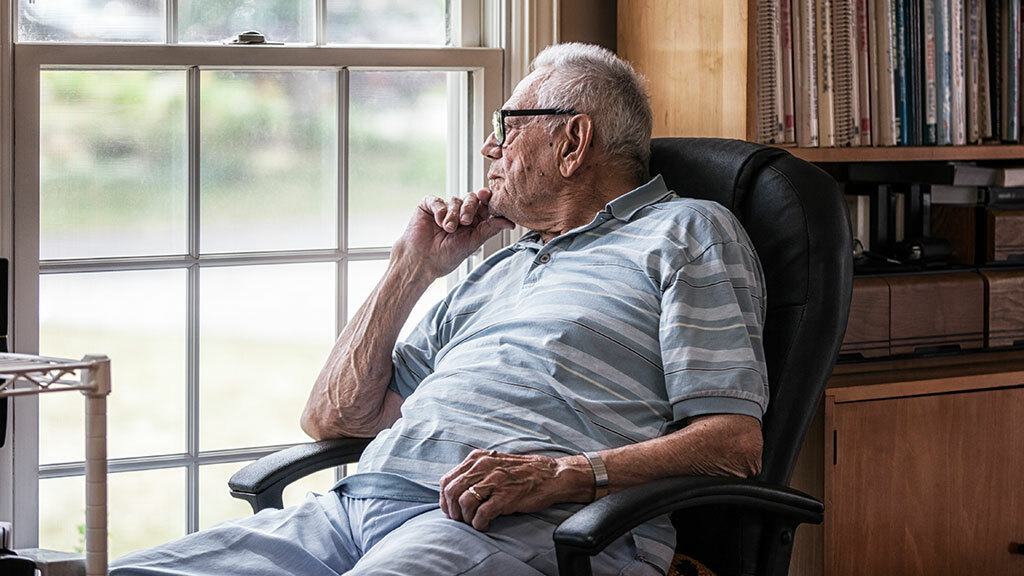A good hearing aid is truly life-changing for the millions of people who rely on them on a daily basis. For those struggling with hearing loss, it can be the path towards staying independent and engaged in an active lifestyle.
 Unfortunately, there is a downside to these wonders of the medical world – the tiny battery within a hearing aid that can demand replacement as often as every three days. Small button batteries can be frustrating for anyone to deal with, but for seniors, they carry unique challenges.
Unfortunately, there is a downside to these wonders of the medical world – the tiny battery within a hearing aid that can demand replacement as often as every three days. Small button batteries can be frustrating for anyone to deal with, but for seniors, they carry unique challenges.
Depending on the size – and some of the most advanced hearing aids have the smallest, most expensive batteries – the weekly cost of buying replacements can be difficult for those on fixed incomes. Of course, the shear inconvenience of buying new batteries so frequently means that it’s easy to forget or run out. A hearing aid with no battery can essentially render the wearer deaf until a replacement can be purchased.
 Unfortunately, the downsides also get much more dangerous. Each year, nearly 2,000 people in the U.S. swallow button batteries – nearly half of which are hearing aid batteries. It’s fairly straightforward to imagine how this can happen: button batteries can be dropped onto the floor where they can’t be easily seen, found or retrieved, but can be accidentally swallowed by children or even pets.
Unfortunately, the downsides also get much more dangerous. Each year, nearly 2,000 people in the U.S. swallow button batteries – nearly half of which are hearing aid batteries. It’s fairly straightforward to imagine how this can happen: button batteries can be dropped onto the floor where they can’t be easily seen, found or retrieved, but can be accidentally swallowed by children or even pets.
Some 600+ button batteries were swallowed by children under the age of 5 which, at best, requires a fairly urgent trip to the emergency room before life-threatening injuries result. Sometimes, the ones who accidentally swallow the batteries are the elderly hearing aid-wearers who mistake them for one of the many medications they may be taking on a daily basis.
 WattUp from Energous, an RF-based wireless charging technology that offers unique advantages over older charging systems, can essentially eliminate the hassles and dangers of hearing aid batteries with a special receiver that is small enough for in-the-ear hearing aids. With WattUp-enabled hearing aids, senior citizens will one day have a solution that doesn’t require battery swap outs, as they can be charged effortlessly – on a nightstand, kitchen table or perhaps even in the car. It might sound like magic, but advances like these are not only possible, they are almost here.
WattUp from Energous, an RF-based wireless charging technology that offers unique advantages over older charging systems, can essentially eliminate the hassles and dangers of hearing aid batteries with a special receiver that is small enough for in-the-ear hearing aids. With WattUp-enabled hearing aids, senior citizens will one day have a solution that doesn’t require battery swap outs, as they can be charged effortlessly – on a nightstand, kitchen table or perhaps even in the car. It might sound like magic, but advances like these are not only possible, they are almost here.

